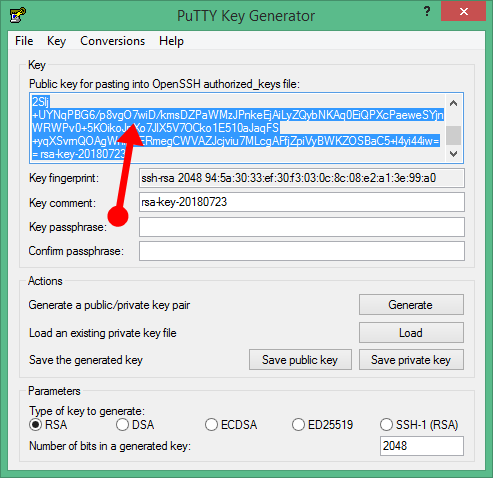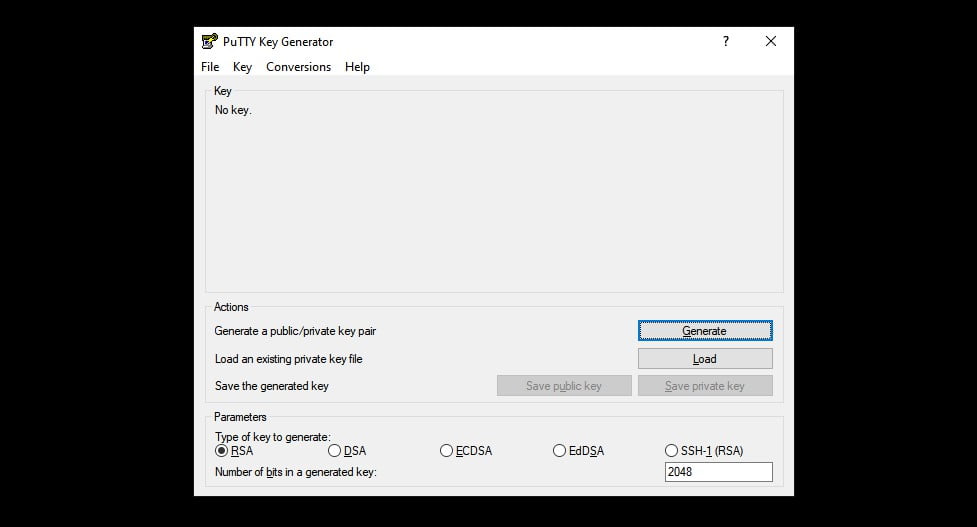

You generate a key pair, consisting of a public key (which everybody is allowed to know) and a private key (which you keep secret and do not give to anybody). Public key authentication solves this problem. This means that if the server has been hacked, or spoofed (see section 2.2), an attacker can learn your password. The only way to prove you know the password is to tell the server what you think the password is. In conventional password authentication, you prove you are who you claim to be by proving that you know the correct password. It is more secure and more flexible, but more difficult to set up. Public key authentication is an alternative means of identifying yourself to a login server, instead of typing a password. 8.3 Getting ready for public key authenticationĬhapter 8: Using public keys for SSH authentication 8.1 Public key authentication - an introduction.8.2.16 PuTTYgen command-line configuration.

8.2.15 Dealing with private keys in other formats.8.2.12 ‘Public key for pasting into OpenSSH authorized_keys file’.8.2.11 Saving your public key to a disk file.8.2.10 Saving your private key to a disk file.8.2.8 Setting a passphrase for your key.8.2.4 Selecting the prime generation method.8.2.3 Selecting the size (strength) of the key.
#Putty ssh key setup generator#


 0 kommentar(er)
0 kommentar(er)
